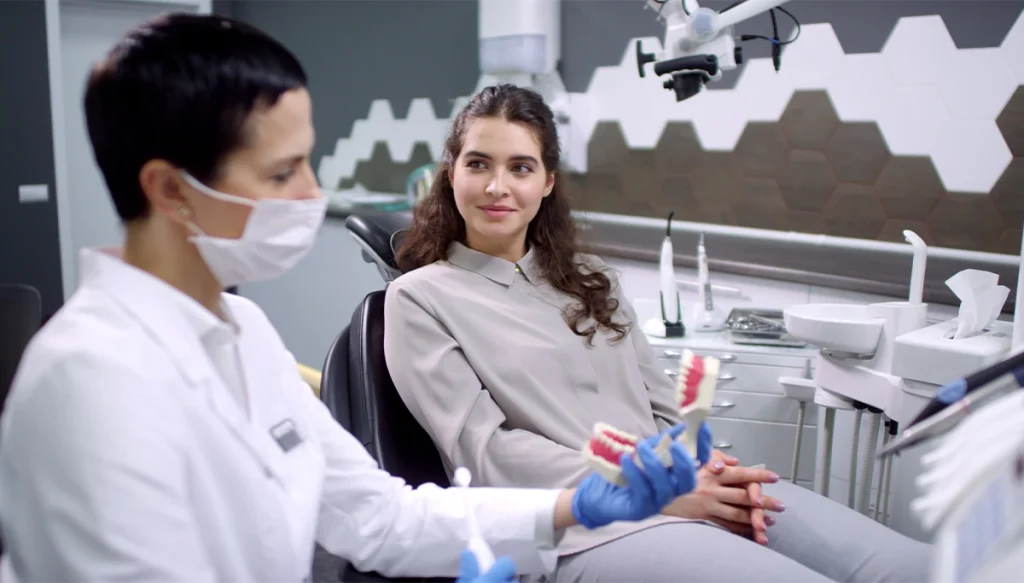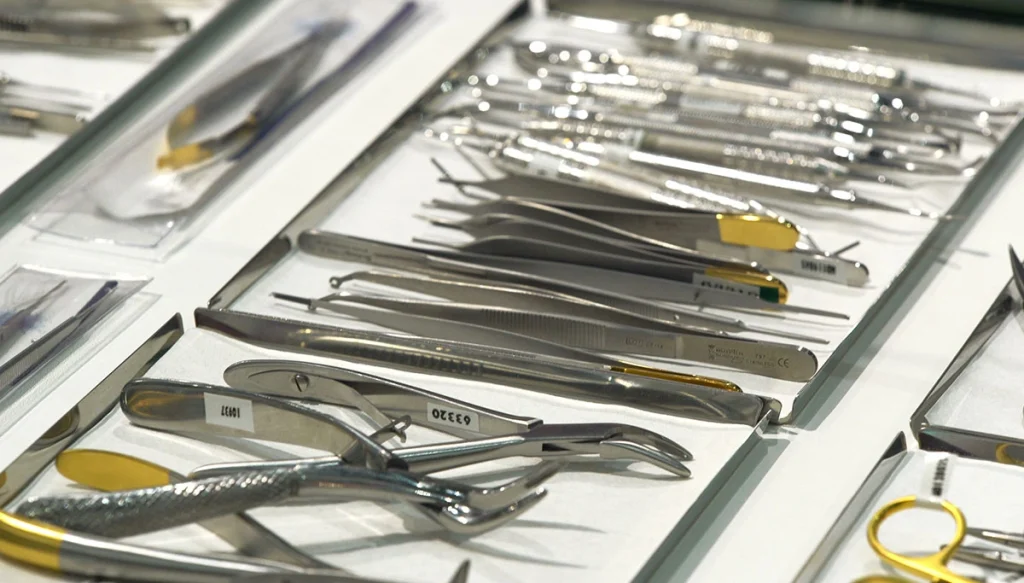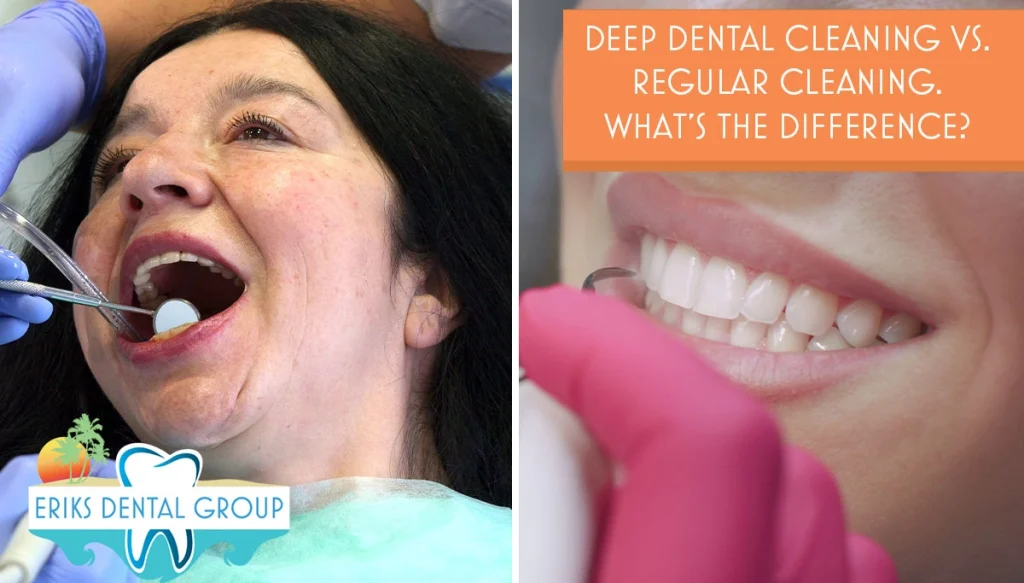Have you ever wondered if your routine dental cleaning is truly enough to keep your gums healthy? Not every cleaning works the same. A deep dental cleaning reaches below the gumline, tackling areas that a regular cleaning can’t. Understanding the difference can help you make informed choices about your oral health. If you’re curious about when each type is needed and why it matters, read on.
What is a Regular Dental Cleaning?

A regular dental cleaning, also called a prophylaxis, is a routine procedure that focuses on maintaining oral health. Its main purpose is to remove plaque and tartar from the surfaces of the teeth above the gumline.
During the cleaning, a dental professional carefully scrapes away buildup and polishes the teeth. The procedure is usually completed in a single appointment and is generally painless. Regular cleanings are often scheduled every six months, depending on individual needs.
Regular dental cleaning is recommended for people with healthy gums and no signs of gum disease. It helps keep the teeth and gums in good condition and can make future dental issues easier to manage.
What is a Deep Dental Cleaning?
A deep dental cleaning, sometimes called scaling and root planing, targets areas below the gumline where plaque and tartar can build up. These hidden spaces can contribute to gum inflammation and infection if left untreated.
The procedure has two main steps. Scaling removes deposits from both the tooth surface and beneath the gums. Root planing smooths the roots, allowing gums to settle closer to the teeth and reducing pockets where bacteria can gather. Depending on the extent of buildup, treatment may require more than one visit.
A deep dental cleaning is ideal for individuals showing signs of gum disease, such as bleeding gums, receding gums, or persistent bad breath. It addresses problem areas that a regular cleaning cannot reach and supports healthier gums over time.
Key Differences Between Deep and Regular Cleaning
When deciding between a regular cleaning and a deep dental cleaning, it helps to understand how they differ beyond the surface. Both support oral health, but they target different needs and use distinct approaches. Knowing the differences can make it easier to recognize which type of teeth cleaning fits your situation.
Here are seven key ways the two cleanings stand apart:
1. How Deep the Cleaning Goes
A regular cleaning focuses on the visible parts of your teeth, scraping away surface plaque and tartar. You won’t notice build-up below your gumline with this type of cleaning. A deep dental cleaning, however, reaches under the gums where bacteria hide, helping address pockets that could worsen if left untreated.
For example, if your dentist measures a gum pocket deeper than three millimeters, a standard cleaning won’t reach it. Deep cleaning tools can remove buildup in these hidden areas, reducing the risk of infection. This makes it especially useful for people already showing early signs of gum disease, and improve the smile.
2. Purpose Behind the Cleaning

Your regular cleaning is primarily preventive. It helps keep your teeth smooth and your gums free from mild irritation or plaque buildup. It’s about keeping things in check rather than fixing existing problems.
Deep cleaning serves a more corrective role. It addresses gum inflammation, removes bacteria hiding below the gums, and can help your gums reattach to the teeth. Think of it as a more targeted treatment when problems are already present, rather than routine maintenance.
3. Complexity of the Procedure
During a routine cleaning, your dentist or hygienist uses standard scalers and polishers to clean and shine your teeth. You can usually complete it in one short appointment with minimal discomfort.
A deep cleaning takes extra time and effort because it tackles areas under the gums. It might require multiple visits to treat all affected areas thoroughly. Ultrasonic tools or special instruments are often used to reach tough spots that a regular cleaning can’t handle.
4. How Your Gums React

After a regular cleaning, your gums typically feel fine immediately. There’s little to no soreness, and you can resume normal brushing and flossing right away.
With a deep cleaning, your gums might feel tender or sensitive for a few days. Some people notice slight bleeding or discomfort while brushing. Using gentle techniques and recommended rinses can make recovery more comfortable and help your gums settle closer to your teeth.
5. How Often You Need It
If your gums are healthy, you might schedule a cleaning every six months. These routine appointments help prevent buildup and keep your teeth looking polished.
Deep cleaning is scheduled based on the condition of your gums. For instance, if you have gum pockets or early-stage periodontitis, your dentist might plan two sessions a few weeks apart. Follow-ups are often needed to check progress and maintain results.
6. Who Benefits Most
People without signs of gum disease benefit from regular cleanings. They maintain oral hygiene and catch minor issues early.
Deep cleaning is designed for those showing signs of gum problems, like bleeding when you brush, receding gums, or persistent bad breath. It can also help people who had gum disease in the past and need extra care to prevent recurrence.
7. Tools and Techniques Used

Your routine cleaning usually relies on handheld scalers, polishers, and sometimes an ultrasonic tool for light buildup. The goal is smooth, clean tooth surfaces above the gumline.
For deep cleaning, dentists often use specialized ultrasonic instruments and fine hand tools to reach beneath the gumline. Root planing is added to smooth the roots, which encourages gums to reattach. This approach helps reduce bacterial pockets that could otherwise continue to grow unnoticed.
How to Know Which Cleaning You Need
Determining whether you need a regular cleaning or a deep dental cleaning depends on the condition of your gums and teeth. Paying attention to certain signs can help you identify which type of cleaning is appropriate.
Some indicators that a deep dental cleaning may be necessary include:
- Bleeding gums during brushing or flossing.
- Receding gums or gums pulling away from the teeth.
- Persistent bad breath that doesn’t improve with daily oral hygiene.
- Deep pockets between the teeth and gums detected by a dentist.
- Previous gum disease that requires ongoing management.
On the other hand, a regular dental cleaning is generally suitable if:
- Your gums appear healthy with no bleeding or swelling.
- You have minimal plaque build-up above the gumline.
- You do not have a history of advanced gum disease.
- You visit your dentist consistently for routine checkups.
Choose the Right Cleaning for Your Gums
Understanding the difference between a regular cleaning and a deep dental cleaning can help you make informed decisions about your oral health. While regular cleanings maintain surface-level hygiene, deep dental cleaning addresses areas below the gumline that require extra care.
If you notice signs of gum disease or want a thorough evaluation, consult a dental professional. Erik’s Dental Group offers comprehensive care, including deep dental cleaning, to support healthier gums and a stronger smile. Schedule a dentist appointment to ensure your teeth and gums receive the attention they need.

